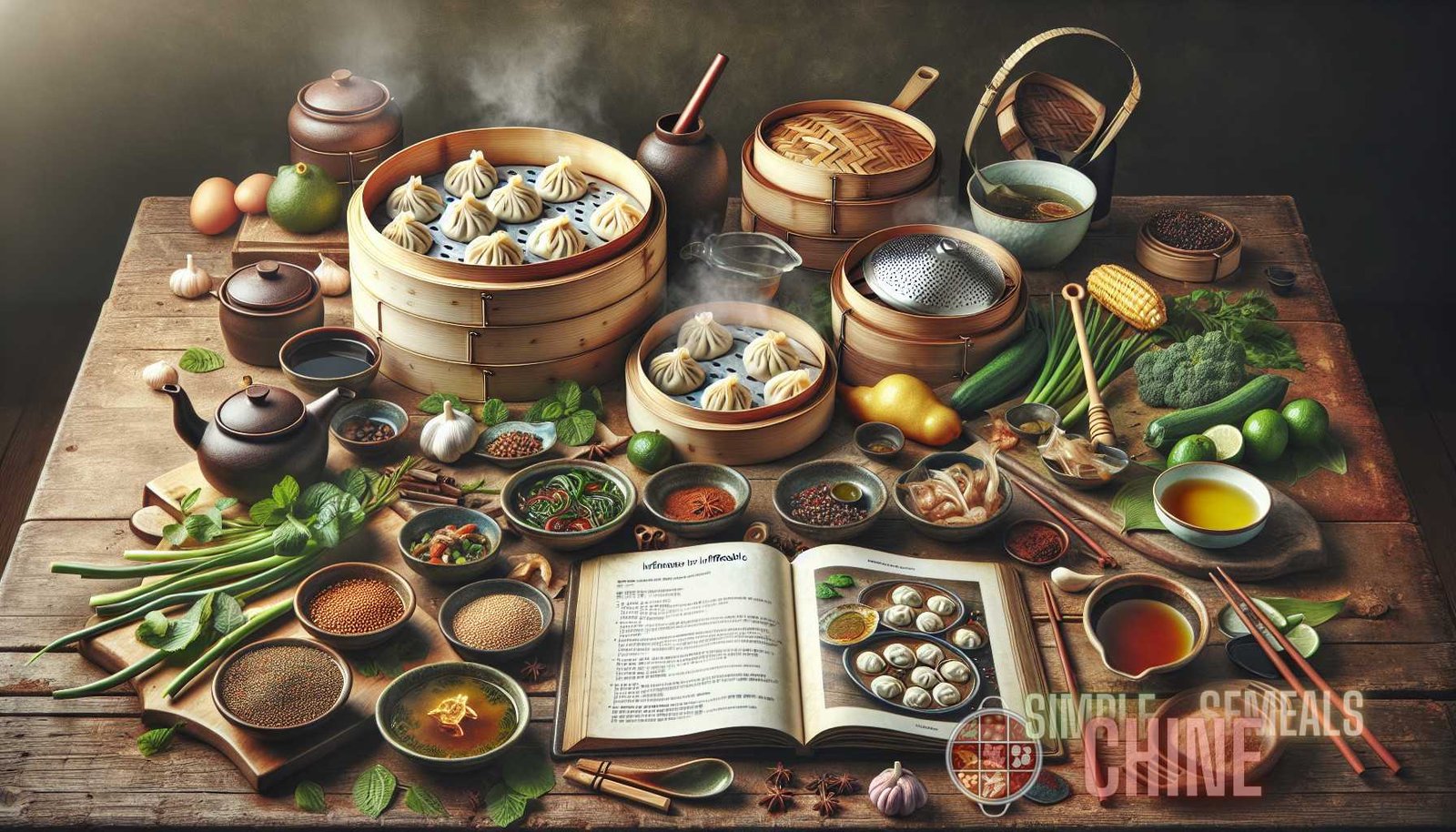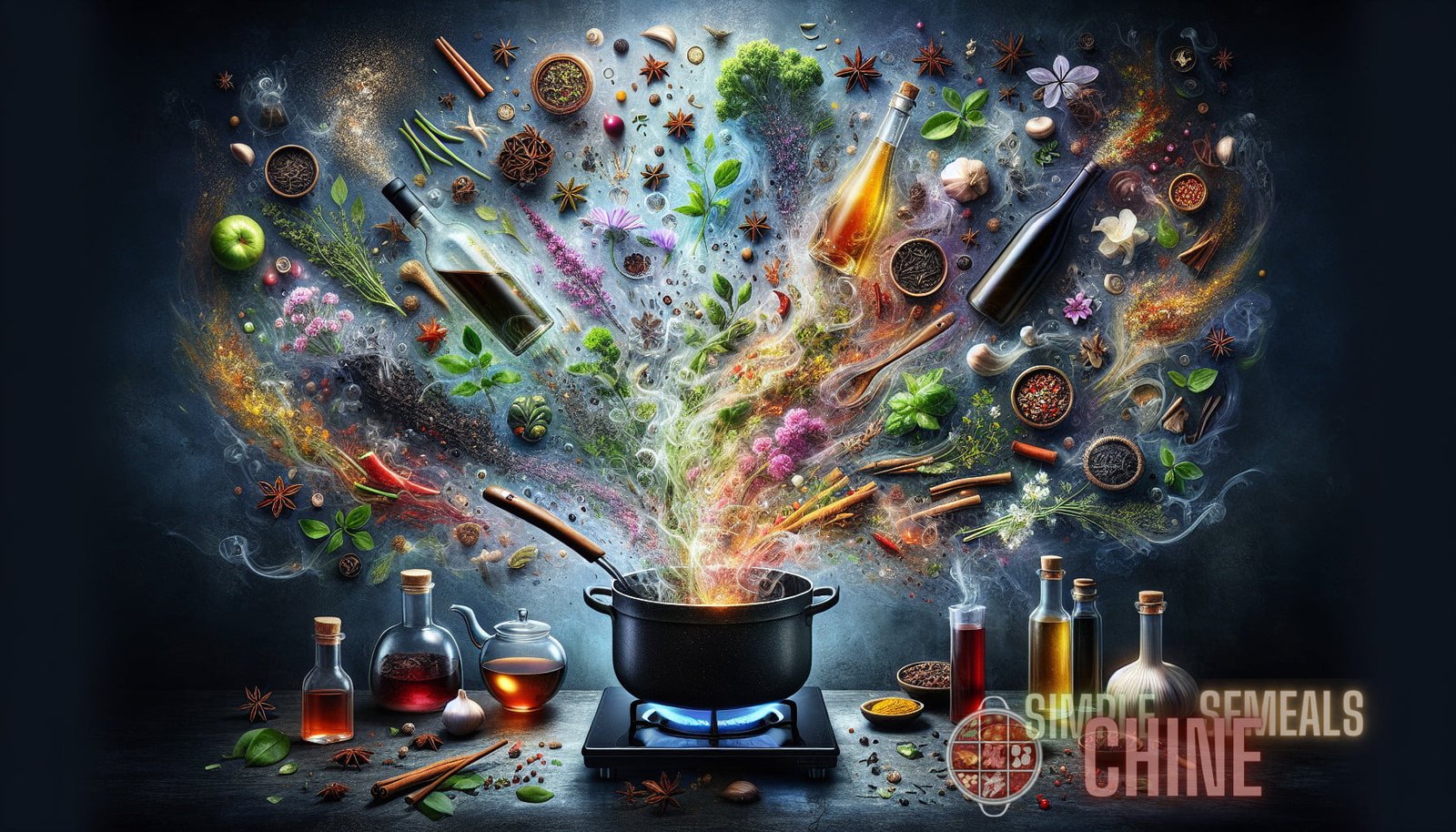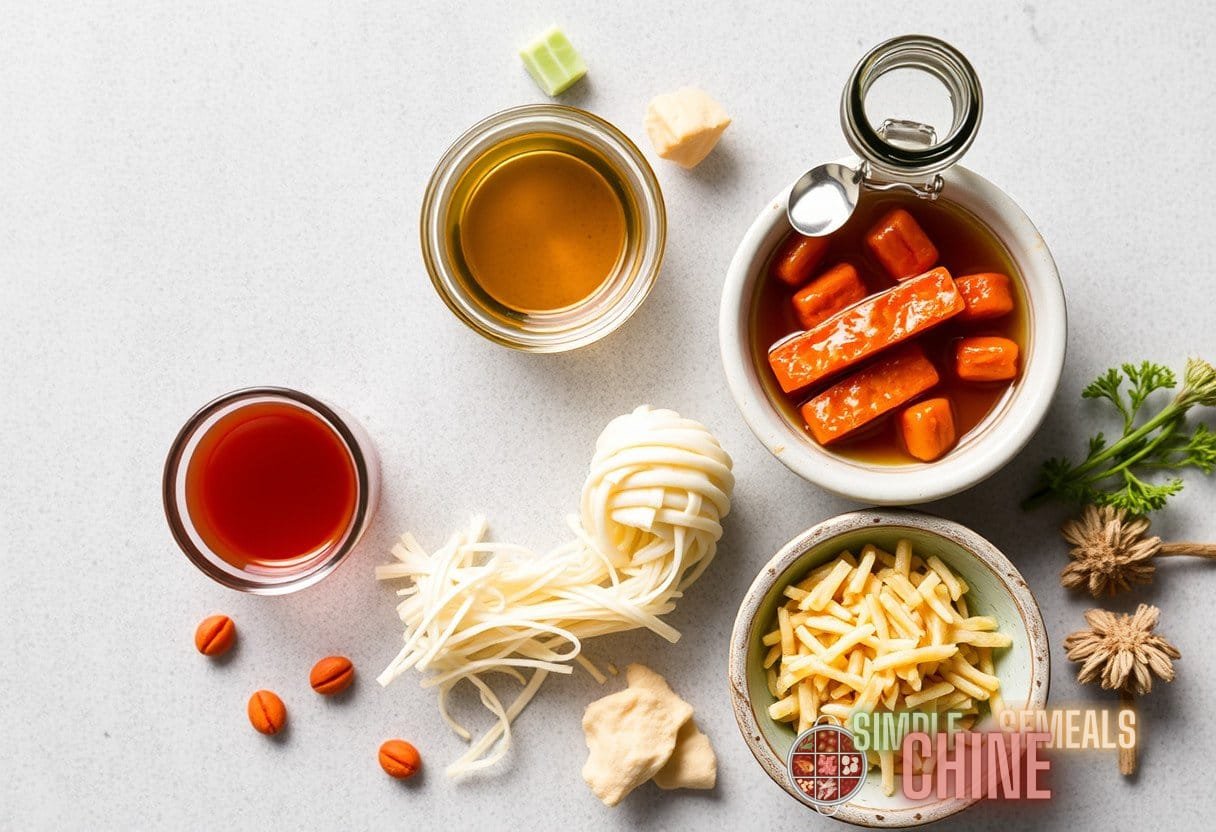Introduction
Chinese cuisine is renowned for its complex and distinct flavors, achieved through the harmonious combination of various ingredients and cooking techniques. One of the key elements that elevate Chinese dishes to new heights is the use of infusions. Infusions are liquids, such as stocks, teas, or wines, that are infused with aromatics, herbs, spices, or other ingredients to create powerful flavor profiles. These infusions not only enhance the taste of the dish but also infuse it with cultural and historical significance.
In this article, we will explore the transformative power of infusions in Chinese cooking. We will delve into the different types of infusions used and their role in creating unforgettable flavors. From chicken stocks infused with ginger and scallions to soy sauces steeped with mushrooms, each infusion adds a unique character to the dish it is used in, taking it to a whole new level.
Types of Chinese Infusions
Chinese cuisine boasts an extensive array of infusions that form the backbone of many traditional dishes. Let’s take a closer look at some of the most commonly used Chinese infusions:
1. Ginger and Scallion Infusion
The combination of ginger and scallion is a classic Chinese infusion used in various dishes, from soups to stir-fries. This infusion adds a refreshing aroma and a subtle heat to the dish. To make the ginger and scallion infusion, simply heat oil in a pan and sauté sliced ginger and chopped scallions until fragrant. This infusion is commonly used in fish dishes, as it helps mask any fishy odor and imparts a delicious flavor.
2. Mushroom Infusion
Mushroom infusion is another popular addition to Chinese cooking. It involves soaking dried mushrooms in hot water to release their rich umami flavor. The resulting mushroom-infused liquid, known as mushroom stock, is used as a base for soups, stir-fries, and braised dishes. The deep, earthy taste of mushroom infusion adds complexity and depth to the dish, making it more savory and satisfying.
3. Wine Infusion
Wine is a common ingredient in Chinese cooking, and it is often used as an infusion to enhance the flavors of meats and seafood. Rice wine, a fermented alcoholic beverage made from glutinous rice, is the most commonly used wine infusion in Chinese cuisine. It is particularly popular in Cantonese cooking, where it is used to marinate poultry and seafood, adding a mellow and slightly sweet flavor to the dishes.
4. Tea Infusion
Tea plays a significant role in Chinese culture, and its infusion is not limited to the tea ceremony alone. In Chinese cuisine, tea is often used as a flavorful liquid to infuse dishes, especially in poaching or braising techniques. Popular teas used for infusion include jasmine tea, green tea, and oolong tea, each imparting its unique fragrance and taste to the dish.
5. Soy Sauce Infusion
Soy sauce, a staple condiment in Chinese cuisine, is often infused with various ingredients to enhance its flavor and aroma. For example, mushrooms, dried shrimp, and even pork bones can be added to soy sauce to create a rich and savory infusion. The resulting soy sauce infusion can be used as a dipping sauce or added to stir-fries and braised dishes to impart a deep umami flavor.
6. Herbal Infusion

Herbal infusions are widely used in traditional Chinese medicine as well as Chinese cuisine. From ginseng to goji berries, a wide range of herbs is used to infuse dishes with their unique medicinal properties and flavors. These herbal infusions not only add depth and complexity to the dish but also provide health benefits, making them a popular choice in Chinese cooking.
The Transformative Power of Infusions in Chinese Cooking
Infusions are an integral part of Chinese culinary alchemy, turning ordinary ingredients into extraordinary dishes. They play a crucial role in bringing out the natural flavors of the ingredients, balancing the taste profile of a dish, and providing depth and complexity to the overall flavor profile. Here are some key ways in which infusions transform Chinese dishes:
1. Enhanced Aromas
Infusions add a layer of aromatic complexity to Chinese dishes, elevating them beyond the ordinary. The combination of aromatics, herbs, spices, and liquids creates a symphony of scents that entices the senses and prepares the palate for the flavors to come. From the invigorating aroma of ginger and scallion infusion to the earthy fragrance of mushroom-infused dishes, these infusions awaken the senses and make the dining experience truly memorable.
2. Layered Flavors
Infusions introduce multiple layers of flavors to Chinese dishes, making them more interesting and satisfying to eat. Each infusion contributes its distinct taste profile, adding complexity and depth to the overall dish. For example, a dish infused with mushroom stock will have a rich umami flavor, while one infused with ginger and scallion will have a subtle heat and freshness. These various layers of flavors create a harmonious balance that keeps the taste buds engaged throughout the meal.
3. Cultural Significance
Infusions in Chinese cooking are not just about taste; they also carry cultural and historical significance. Many infusions have been passed down through generations, preserving traditional flavors and techniques. By using these infusions, chefs and home cooks connect with their heritage and honor the culinary traditions of their culture. Infused dishes become a way to preserve and celebrate the rich culinary history of China.
4. Health Benefits
Many infusions used in Chinese cooking offer health benefits in addition to their flavorful qualities. For example, certain herbal infusions are known for their antioxidant properties, while mushroom-infused dishes provide a natural source of essential vitamins and minerals. By incorporating these infusions into their dishes, Chinese cooks ensure that not only do their creations taste good but also provide nourishment for the body.
Conclusion
Infusions are the elixir of Chinese cooking, transforming ordinary dishes into unforgettable culinary experiences. The art of infusing is deeply rooted in Chinese culinary traditions and offers a myriad of flavors and aromas that delight the senses. From ginger and scallion infusion to tea-infused dishes, each infusion adds a unique character to Chinese cuisine, making it vibrant, complex, and deeply satisfying.
As you explore the world of Chinese cooking, don’t be afraid to experiment with different infusions. Allow your taste buds to guide you, and let these infusions unlock a world of flavors that will transport you to the heart of China.
For more detailed information on Chinese infusions, check out our articles on Chinese Infusion and The Science behind Water’s Role in Enhancing Chinese Culinary Delights.



